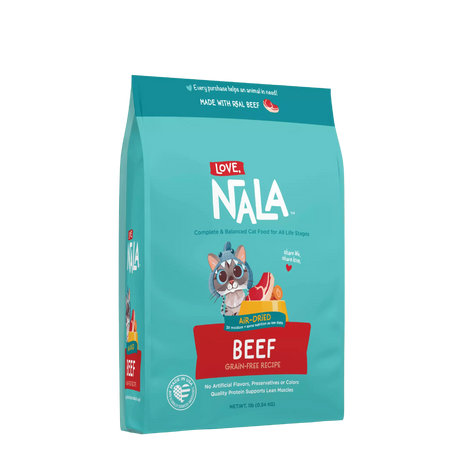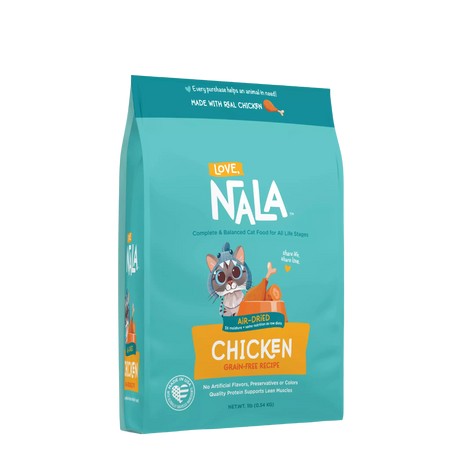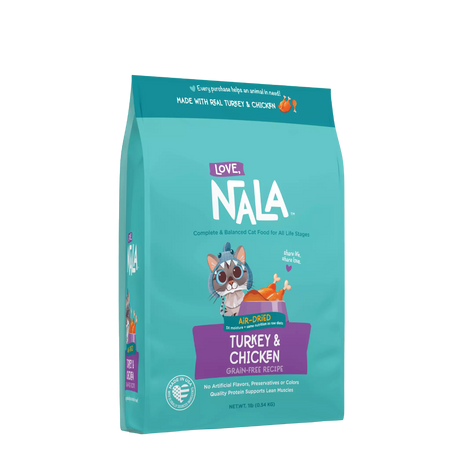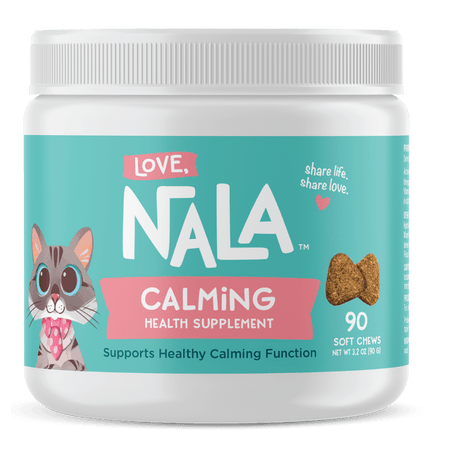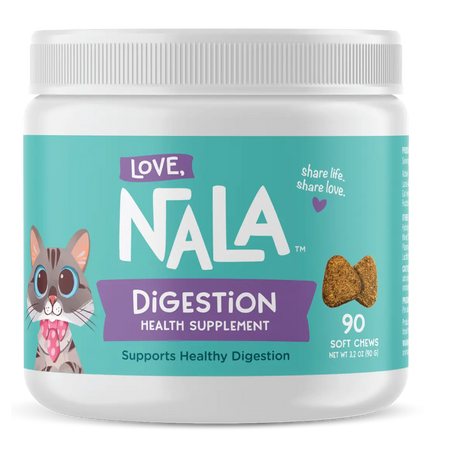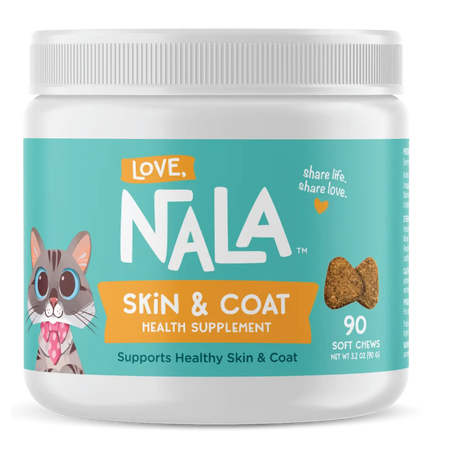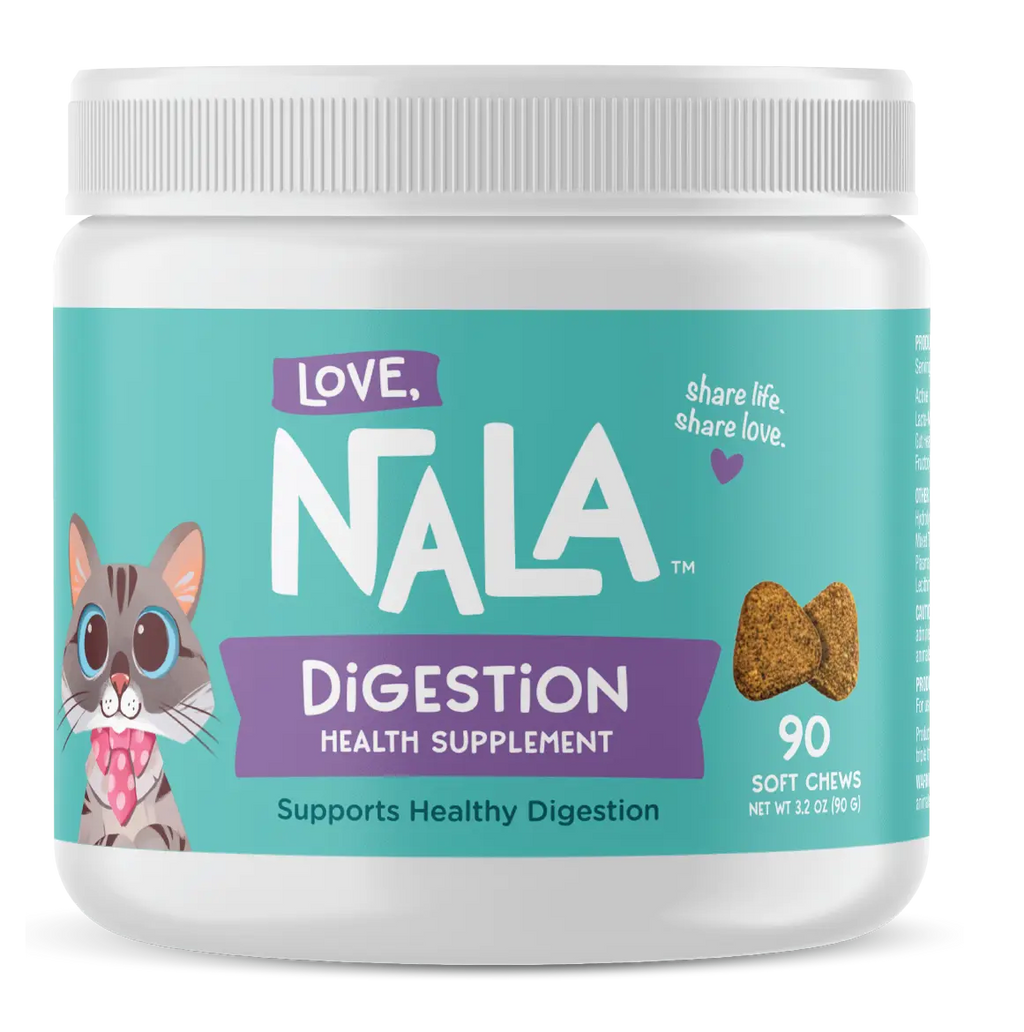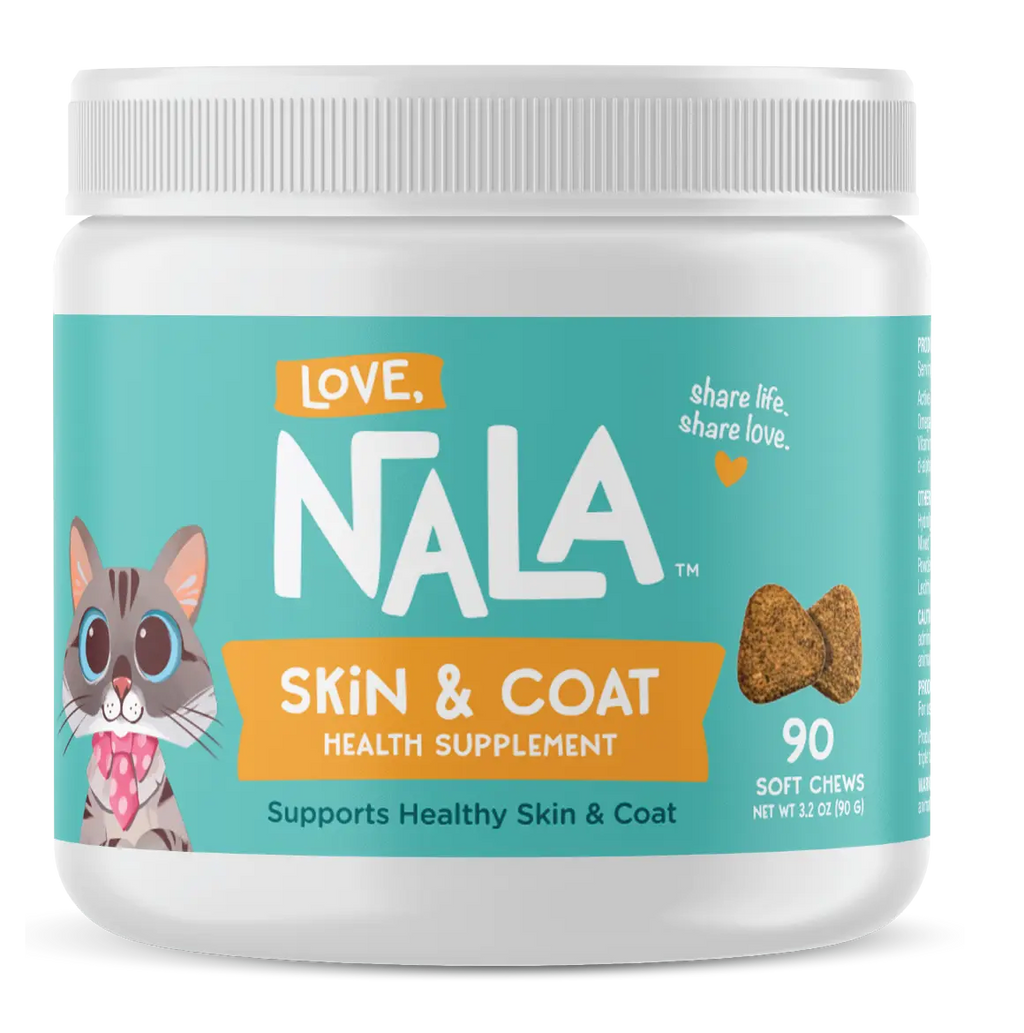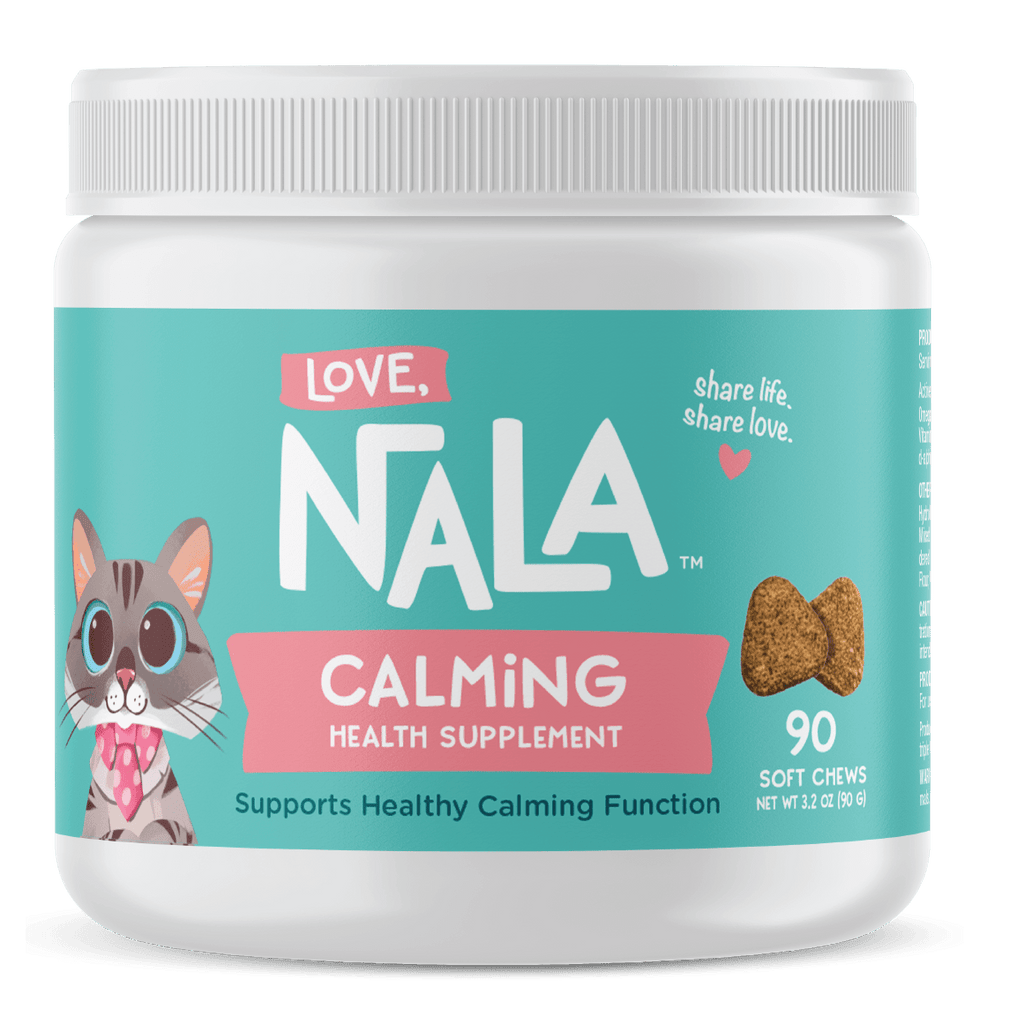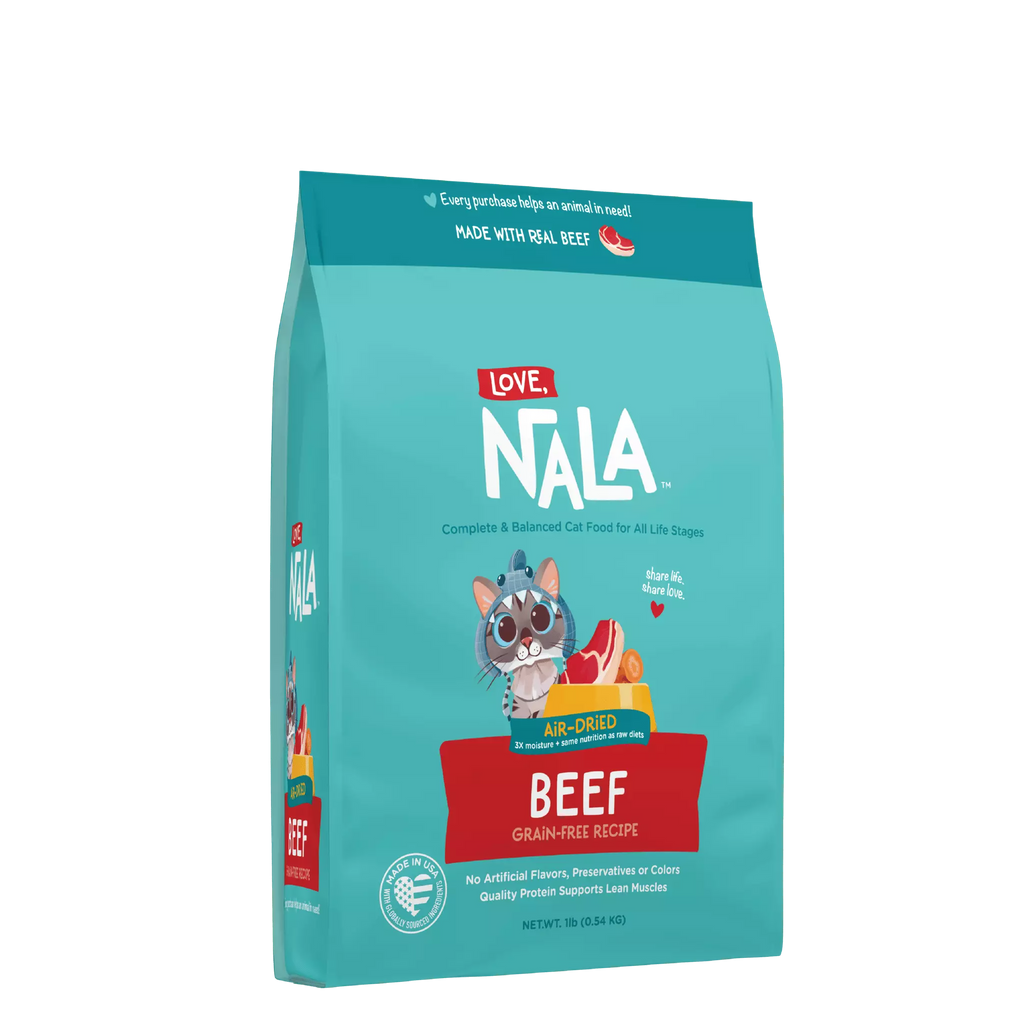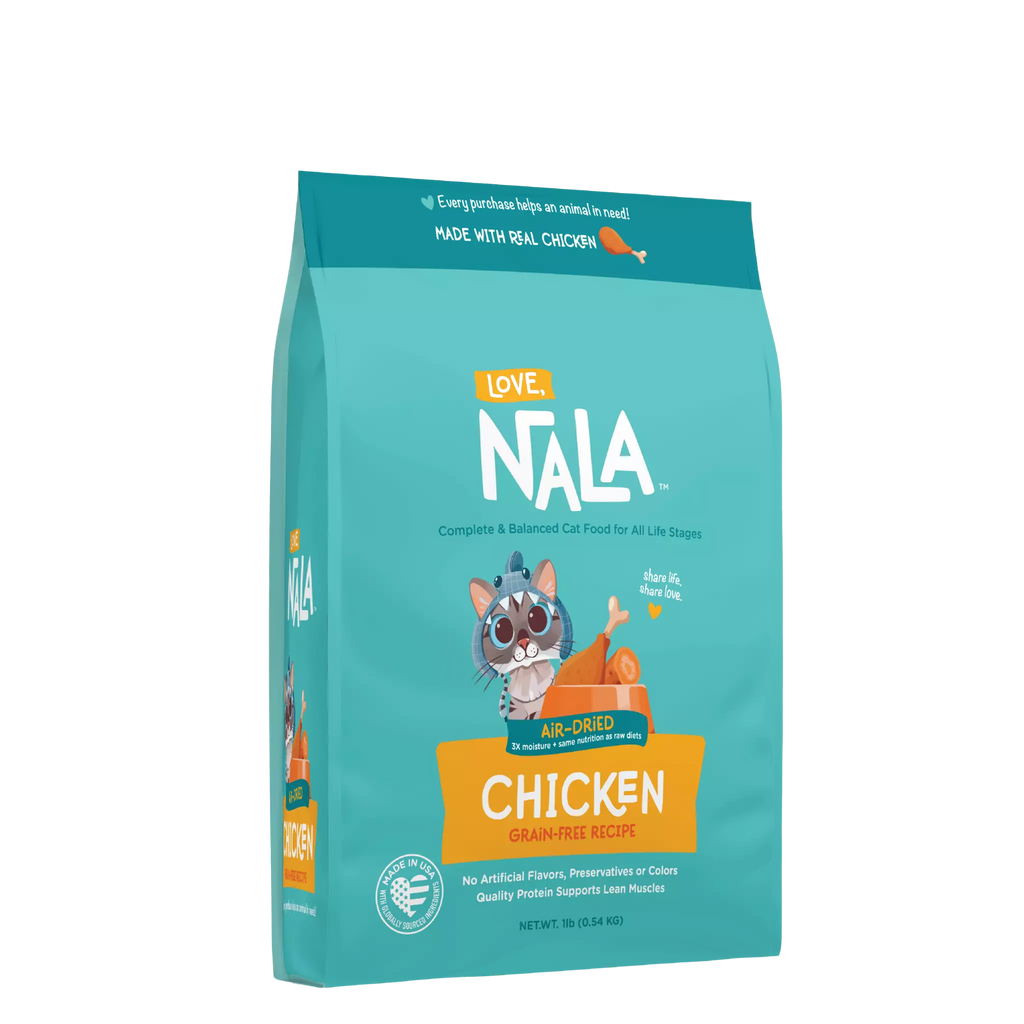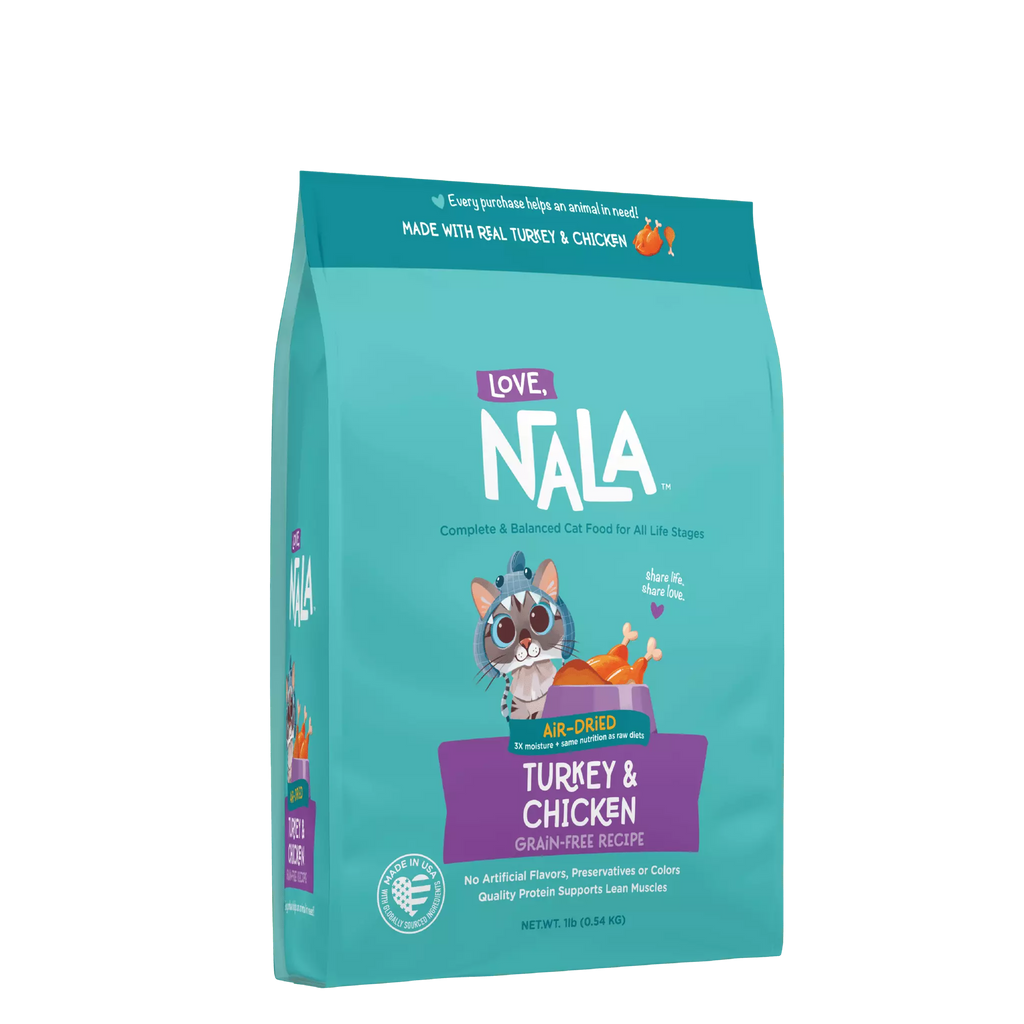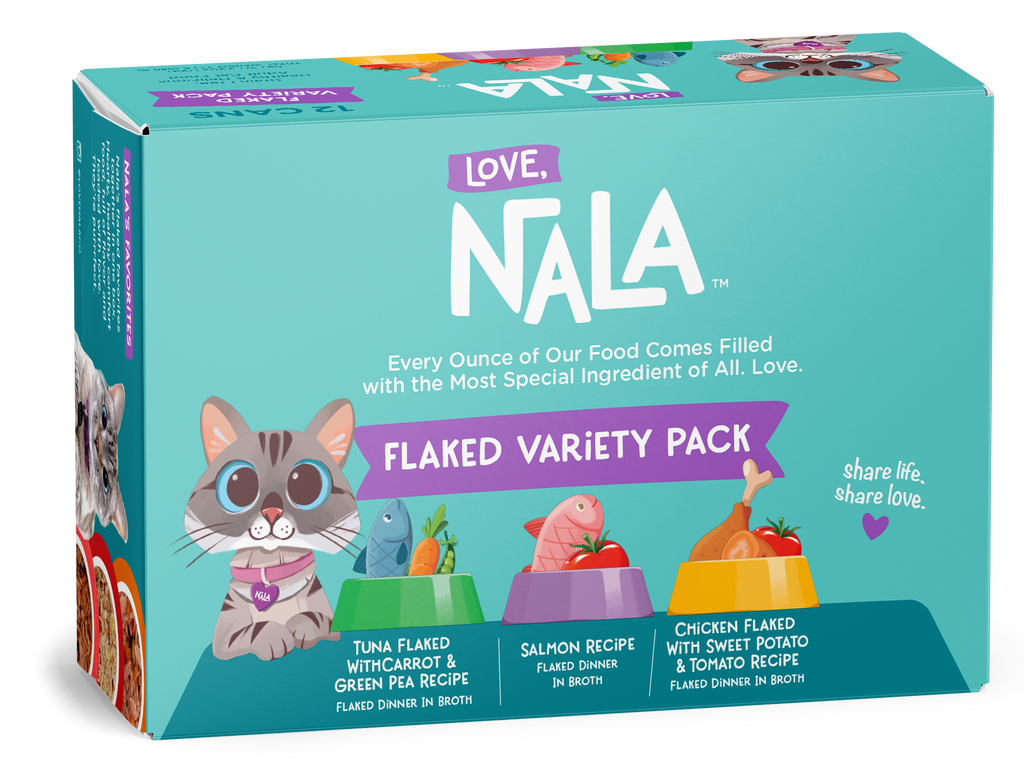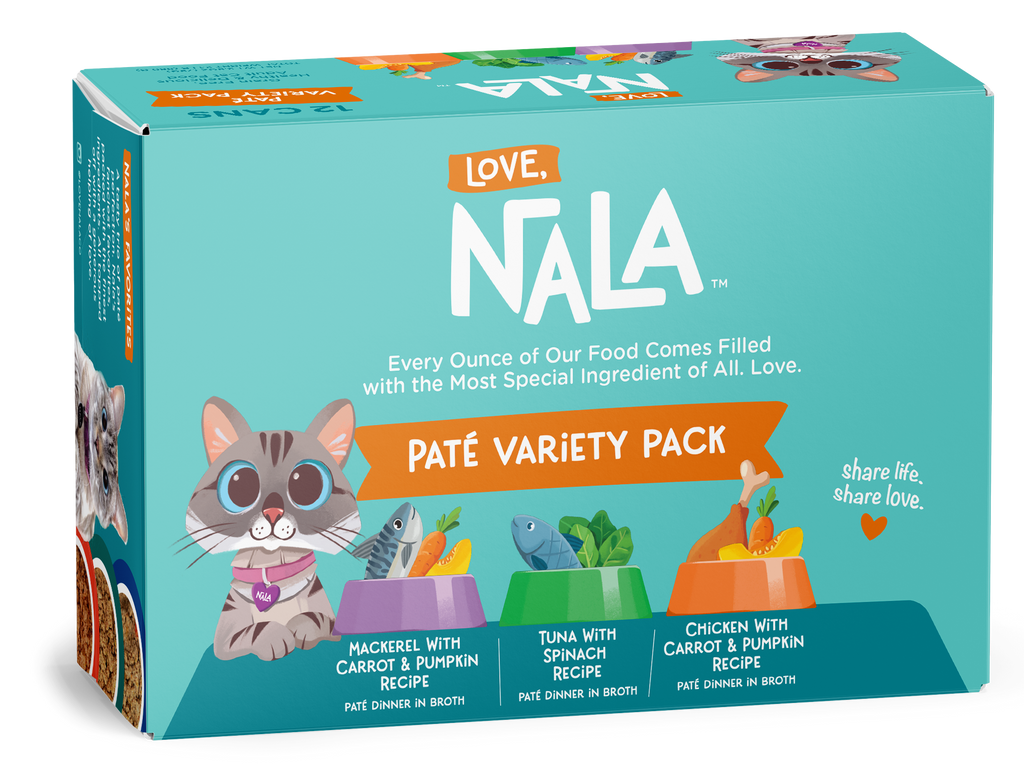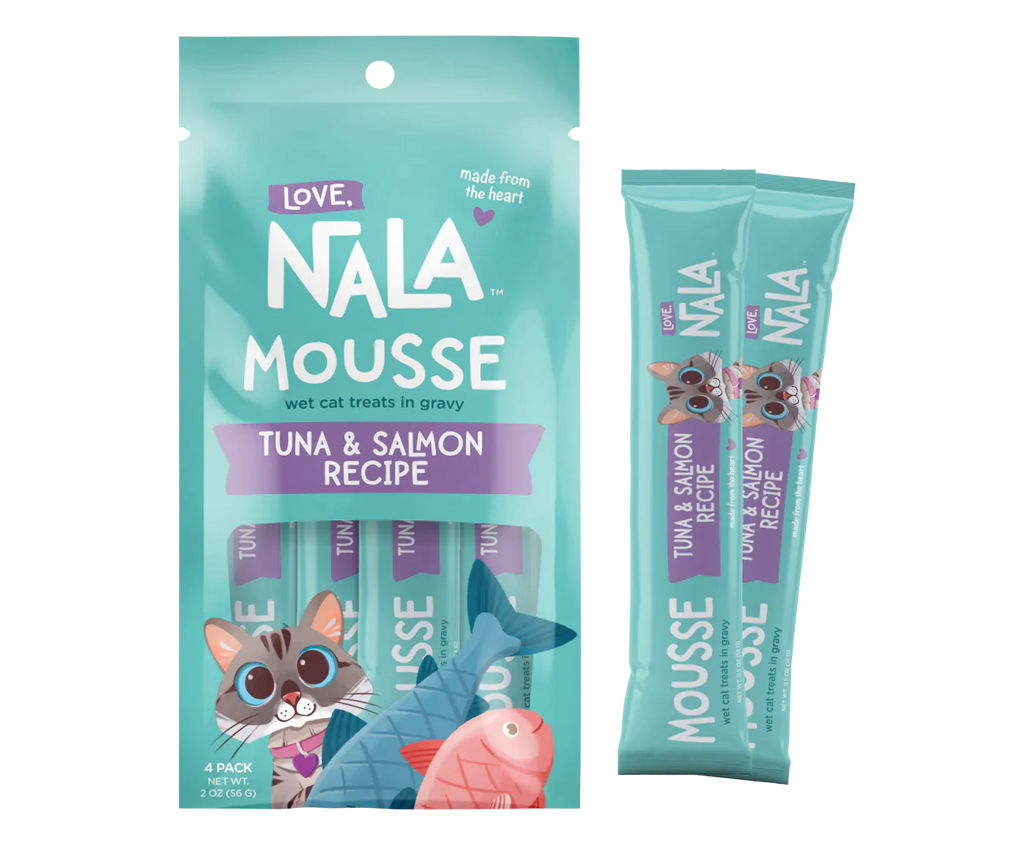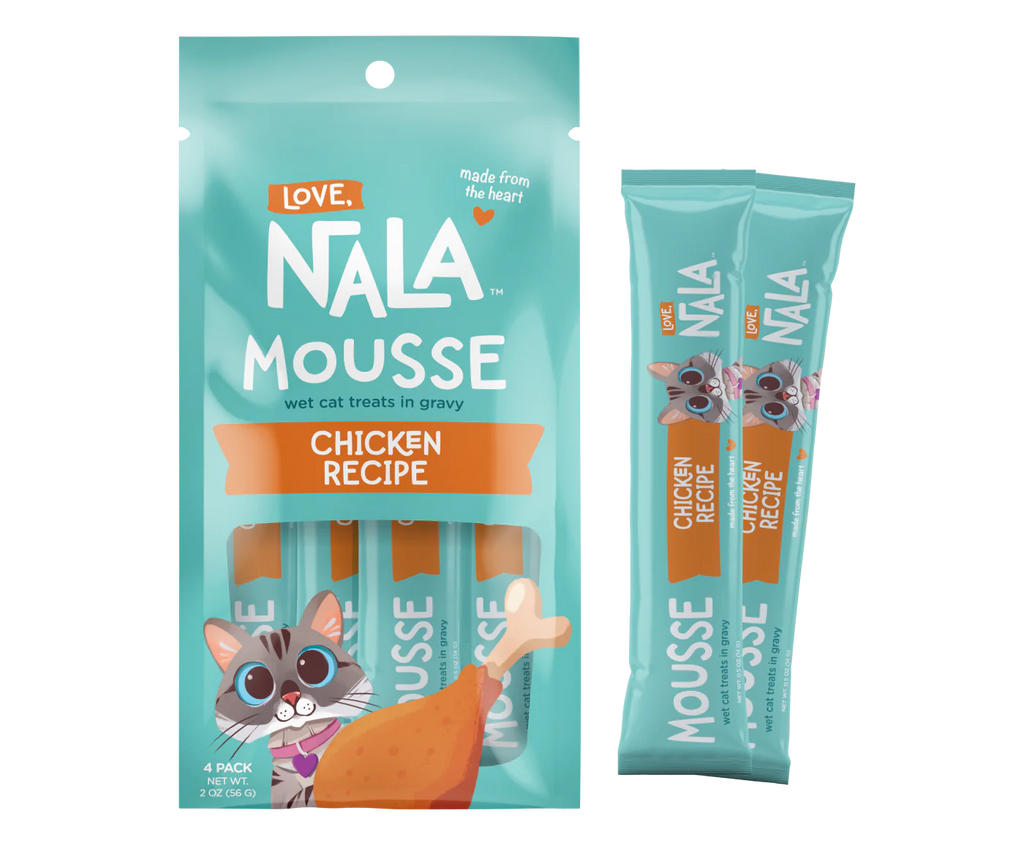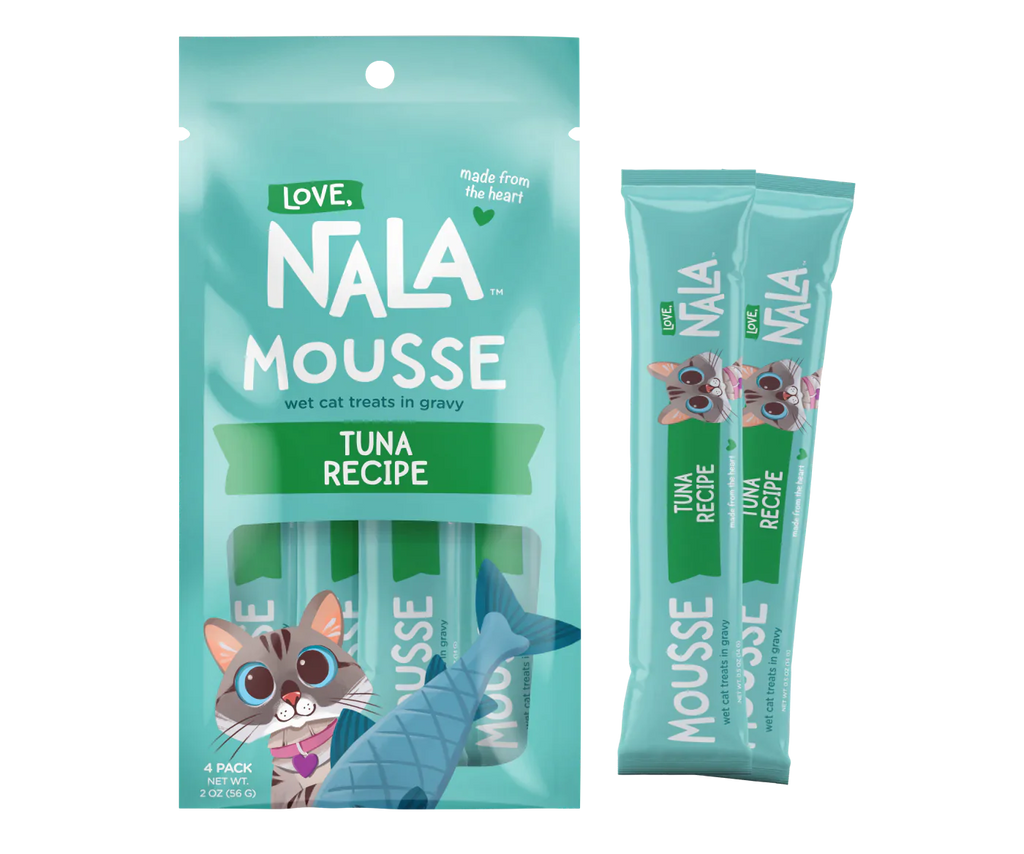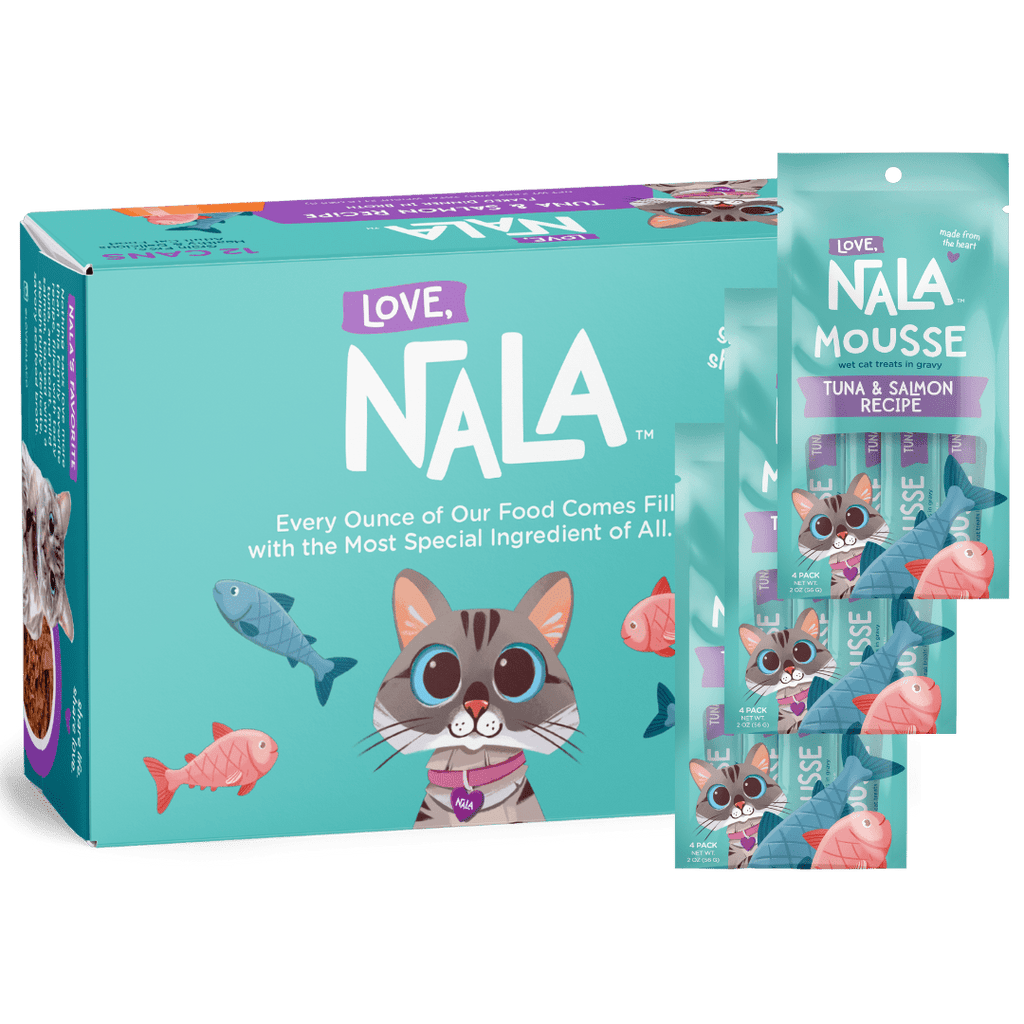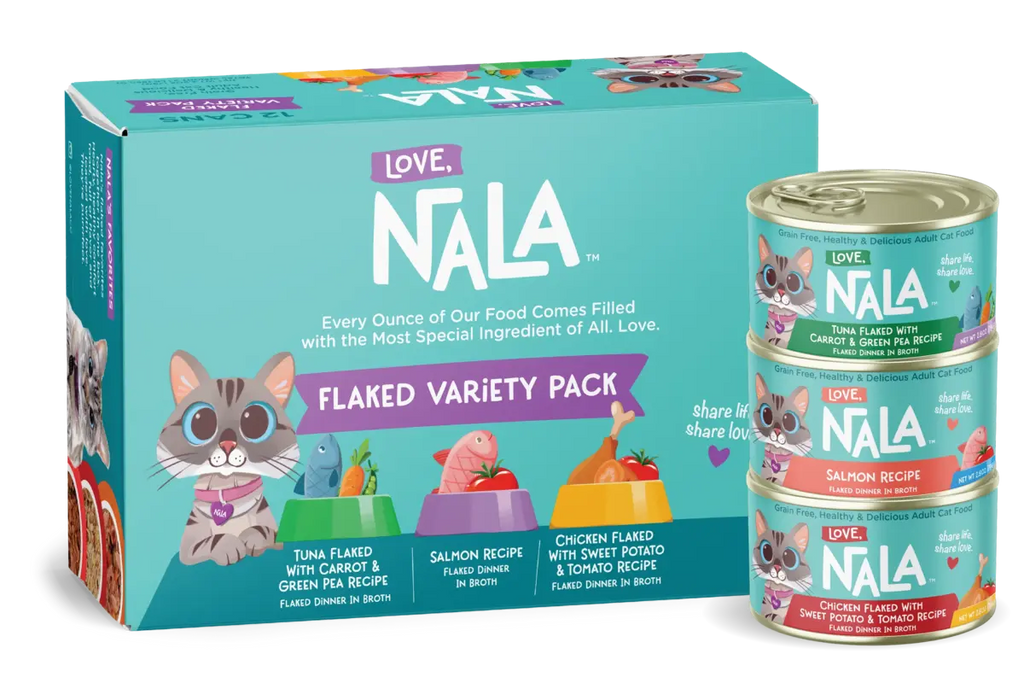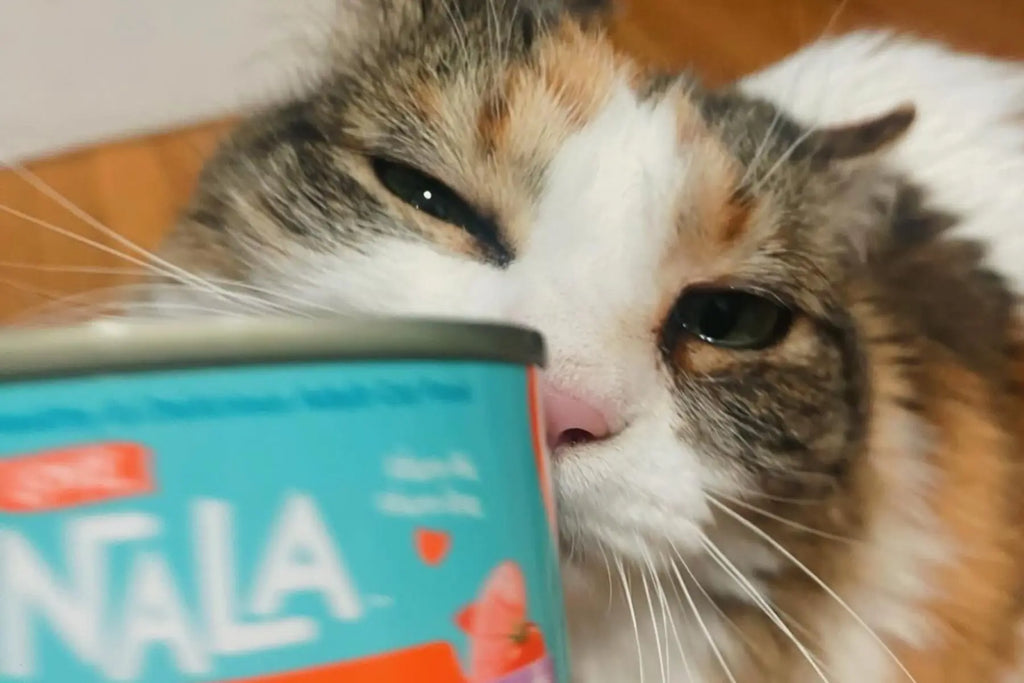Fiber, an indigestible part of plant materials, plays a crucial role in the overall health of cats. While cats are primarily carnivores, the addition of natural high-fiber cat food contributes to their digestive system's functionality by helping to regulate bowel movements. A high-fiber diet for cats can prevent many issues associated with poor gastrointestinal health, such as constipation and diabetes. By normalizing the water content in the stool, fiber helps maintain a smoother and more regular digestive process, ensuring your feline friend stays comfortable and healthy.

Benefits of High-Fiber Cat Food for Constipation
Promotes Regular Bowel Movements
By absorbing water, fiber-rich cat food swells to form a soft, bulky stool that can pass through the intestines with greater ease. This process is essential for preventing constipation, a common issue in cats that can lead to discomfort and health complications. Regular consumption of a high-fiber diet promotes a steady, healthy elimination process, ensuring that your cat remains active and comfortable.
Addressing Constipation in Senior Cats
As cats age, their digestive systems often become less efficient, and they may suffer from chronic constipation. Senior cat high-fiber food is designed to cater to the unique needs of older cats, providing them with the right balance of fibers to stimulate digestive function and stool passage. This specific diet helps maintain regularity and digestive health, which is crucial for the overall well-being and quality of life of senior cats.
The Role of Fiber in Peristalsis
Fiber's impact on peristalsis—the movements of the muscles in the digestive tract that propel contents forward—is significant. A diet enriched with high-fiber cat food strengthens these muscle contractions, which is vital for the movement of food through the digestive tract. Enhanced peristalsis helps prevent the stagnation of ingested food, reducing the risk of hairballs and blockages, and aids in the more efficient absorption of nutrients.
Long-Term Digestive Health
Adopting one can lead to profound long-term benefits for their digestive health. Consistent intake of fiber ensures that digestive processes remain regular, minimizing the risk of gastrointestinal disorders such as irritable bowel syndrome and colorectal cancer. Moreover, a well-regulated digestive system contributes to overall health by improving nutrient absorption, maintaining ideal weight, and supporting immune function.
Cat Food To Reduce Hairballs
Aids in Hairball Prevention
It helps by enhancing the motility of the gastrointestinal tract, allowing ingested hair to pass through the digestive system more easily rather than clumping together in the stomach. By promoting smoother transit of hair and other ingested materials, fiber minimizes the frequency and severity of hairballs, which not only improves your cat’s comfort but also its overall health.
Best Fiber Sources for Hairball Control
Selecting the right fiber sources is crucial for improving your cat's digestive health and reducing the occurrence of hairballs. Below are some of the most effective fiber sources to help manage and prevent hairballs in your cat:
- Pumpkin: It is packed with soluble fiber, which bulks up the stool and aids in the passage of ingested hair through the intestines. This mild yet effective fiber is easy to integrate into your cat’s diet, either as canned pumpkin or in some fiber-enriched cat foods. The fiber in pumpkin not only aids in hairball prevention but also supports overall digestive health, making it a popular choice for pet owners. It is a low-calorie addition that won’t lead to weight gain, making it suitable for cats on controlled diets. In addition to helping with hairball control, pumpkins can assist with managing both constipation and diarrhea in cats, creating a well-rounded digestive aid.
- Beet Pulp: Beet pulp is a commonly used fiber source in many commercial cat foods due to its moderate fermentability and ability to enhance intestinal bulk. This ingredient helps improve stool quality by aiding in digestion, allowing the cat to expel hair more easily. The fermentable nature of beet pulp ensures that it strikes a balance between soluble and insoluble fibers, offering both digestive benefits and hairball prevention. It also provides a steady release of energy as it ferments, promoting a healthy gut environment.
- Psyllium: This is a highly soluble fiber that forms a gel-like consistency in the digestive system, which helps lubricate the intestines and facilitate the smooth passage of hair. As a natural bulking agent, psyllium is often recommended for digestive health in both humans and animals, and it works particularly well for cats prone to hairballs. This fiber helps prevent blockages caused by hair clumps, ensuring that fur doesn’t accumulate in the stomach or intestines. Psyllium is typically added in small amounts to food and is especially effective for cats with sensitive stomachs or those prone to constipation
- Rice Bran: Rice bran is a lesser-known but highly beneficial source of fiber for cats. With its high fiber content, rice bran can improve stool regularity, making it easier for your cat to pass ingested fur without difficulty. This fiber is not only gentle on your cat’s digestive system but also provides essential nutrients such as antioxidants, which promote overall gut health. While not as common as other fiber sources, rice bran is highly effective in hairball prevention and is often found in specialized cat foods.
- Apple Fiber: Extracted from apple pulp, this fiber is gentle and well-tolerated by most cats. In addition to its fiber content, apple fiber also contains pectin, which further enhances digestion and nutrient absorption. It works by adding bulk to the stool, making it easier for your cat to pass hair naturally. Apple fiber is often included in natural or holistic cat foods, providing a gentle yet effective option for hairball management. As a bonus, the natural sweetness of apple fiber may make it more palatable to picky cats.
Each fiber works in its unique way to support stool formation and hair passage, offering a range of solutions depending on your cat’s specific needs. Always consult with your vet to determine the best approach for your cat’s diet and overall health.

Improving Gut Health with High Fiber Diets
Feeding Beneficial Gut Bacteria
This diet significantly benefits their gut health by nourishing the beneficial bacteria residing in their intestinal tract. These good bacteria play a critical role in digestion and immune function, and they thrive on the prebiotic fibers provided by certain types of cat food for healthy digestion. By enhancing the growth and activity of these beneficial bacteria, fiber helps maintain a balanced and healthy gut flora, which is essential for optimal digestive health and nutrient absorption.
Enhances Nutrient Absorption
The presence of adequate fiber in your cat’s diet can enhance the absorption of nutrients in the digestive tract. Fiber slows down the digestion process, which allows for better absorption of vitamins and minerals from the food. This slower transit time ensures that nutrients are effectively extracted and absorbed, rather than being rapidly passed through the system.
Natural Fiber Sources for Cats
Ensuring your cat gets the right type of fiber can make a significant difference in their digestive health and overall well-being. Here’s a comprehensive look at some natural fiber sources that can be beneficial for cats:
- Carrots: Carrots are an excellent source of soluble fiber, which plays a significant role in regulating your cat's digestive motility. This type of fiber dissolves in water and forms a gel-like substance that can help slow down digestion, allowing for better nutrient absorption. In addition to fiber, carrots are rich in essential vitamins such as vitamin A, which support your cat's vision and immune function. By adding small amounts of cooked or pureed carrots to your cat’s meals, you can help manage bowel regularity and prevent constipation.
- Oat Fiber: Soluble fiber helps regulate bowel movements by adding moisture to the stool, while insoluble fiber helps add bulk, making it easier for stool to pass through the intestines. Oat fiber is also a great source of nutrients such as manganese and phosphorus, which support bone health.
- Flaxseed: Flaxseed is a fiber-rich food that also contains beneficial omega-3 fatty acids, which support a healthy coat and skin. The fiber in flaxseed can aid digestion by promoting regular bowel movements and preventing constipation. The omega-3 fatty acids in flaxseed help reduce inflammation, support joint health, and improve the quality of your cat’s fur and skin.
- Peas: Peas are commonly found in many commercial cat foods due to their balanced mix of soluble and insoluble fibers. Soluble fiber helps soften the stool, while insoluble fiber adds bulk, making it easier for your cat to pass waste. In addition to their fiber content, peas are also a good source of protein and important vitamins like vitamin B6 and vitamin K.
Whether you choose to add carrots, apples, oat fiber, flaxseed, or peas to their meals, each of these options offers a unique blend of fiber and nutrients that will contribute to your cat’s overall well-being. Regularly including these fiber-rich foods in your cat’s diet will not only help maintain their digestive system but also provide added nutritional benefits for their long-term health.
High-Fiber Cat Food for Sensitive Stomachs
Cats with Allergies
For cats with sensitive stomachs or allergies, grain-free high-fiber cat food can be a vital dietary choice. These formulations avoid common allergens like wheat and corn and instead include alternative fiber sources that are easier on the cat’s digestive system. Such a specialized diet helps to alleviate symptoms associated with food sensitivities, such as gastrointestinal upset, while still providing the necessary fiber to support overall digestive health.
Wet vs. Dry Cat Food
Choosing between wet and dry cat food high in fiber often depends on your cat’s preferences and specific health needs. Wet cat food with fiber, which is typically more palatable and easier to consume for most cats, also provides additional hydration, beneficial for cats with urinary tract issues. Dry food, on the other hand, offers more concentrated levels of fiber per serving, which can be advantageous for effectively managing weight and improving digestive health. Both forms have their benefits, so it may be beneficial to offer a combination to meet all dietary and health needs comprehensively.
Fiber Supplements and Treats
Integrating fiber supplements for cats can be an excellent way to enhance their fiber intake, especially for those with specific digestive health needs. Here’s a breakdown of various fiber supplements and treats that can provide substantial digestive support:
- Powdered Cellulose: It’s typically odorless and tasteless, which makes it easy to mix with regular cat food without your pet noticing a significant change. This supplement works by increasing fiber content, which helps bulk up stools and regulate bowel movements. It can be especially beneficial for cats suffering from mild constipation or irregular bowel movements, as the added fiber assists in the passage of waste through the digestive system. Powdered cellulose is often used in veterinary diets to support digestive health and maintain regular stool consistency.
- Inulin-Based Treats: Inulin is a type of fiber that acts as a prebiotic, meaning it encourages the growth of beneficial gut bacteria. These inulin-based treats help maintain a healthy balance of gut flora, which is essential for proper digestion and immune support. By fostering the growth of these healthy bacteria, inulin helps promote better absorption of nutrients from food while preventing digestive upset. These treats are ideal for cats with sensitive stomachs or those prone to digestive issues such as diarrhea or constipation.
- Fruit and Vegetable Treats: Some natural cat treats incorporate fiber-rich fruits and vegetables. Treats made with these ingredients offer a natural, wholesome option to boost fiber intake while giving your cat a tasty snack. However, it’s important to ensure these treats are specifically formulated for cats, as some human-grade fruits and vegetables may not be suitable for feline consumption.
Using these supplements and treats can make a significant difference in your cat's digestive health, especially for those with sensitive systems. They provide a manageable way to increase fiber intake without overhauling your cat’s regular diet, making it easier to maintain consistent digestive health and comfort.
High Fiber Cat Food and Weight Management
Helps Cats Feel Fuller Longer
It plays a crucial role in weight management by increasing satiety—the feeling of fullness after eating—which can prevent overeating. When cats consume high-fiber cat treats, the fiber absorbs water and expands in the stomach, making the cat feel full more quickly. This natural appetite suppression helps maintain healthy weight levels by reducing the overall calorie intake without sacrificing nutritional value.
Preventing Overeating
This diet is also an effective way to control their appetite and prevent the common issue of overeating. Fiber’s ability to regulate the rate of digestion allows for a more gradual release of energy, which helps maintain consistent blood sugar levels and reduce the urge for frequent feeding. Steady energy distribution is particularly beneficial for cats that are less active, which, without proper diet control, could lead to obesity.

Selecting the best cat food for digestive health is crucial for maximizing the health benefits while catering to your cat’s specific needs. When choosing, consider factors such as your cat’s age, weight, and any specific health issues like diabetes or hairball control. Consulting with a veterinarian can provide tailored advice and recommendations, ensuring that your cat receives the optimal balance of fiber and other nutrients. High-fiber cat food brands that offer specialized formulas for different life stages and health requirements can make this process easier, allowing for a more customized approach to your cat’s dietary needs.
